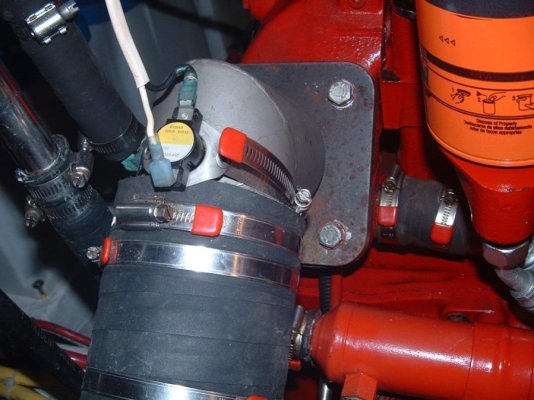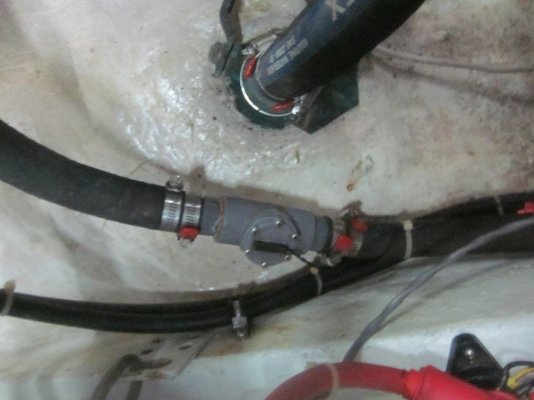Shoalwaters
Guru
- Joined
- Feb 24, 2008
- Messages
- 681
- Location
- St. Lucia, West Indies
- Vessel Name
- "Dragon Lady"
- Vessel Make
- DeFever 41
I need help sourcing snap-discs to make exhaust temperature warning devices for the exhaust elbows on my engines and genset. My understanding is that a bi-metal strip deflects under changes in temperature and makes/breaks an electrical circuit. Some forum members seem to have been down this path before. In another thread SteveH posted:
" . . . . purchased on Ebay a White-Rodgers snap disc (thermocouple), close on rise 180ºF, open on decline 160ºF. Attached it around the exhaust elbow with a SS hose clamp. At Radio Shack I purchased two LED lights and a piezo alarm. System powered through gen-set start switch. . . ".
I've searched on eBay, Amazon and Google - too much information, not enough understanding! Please point me in the right direction.
" . . . . purchased on Ebay a White-Rodgers snap disc (thermocouple), close on rise 180ºF, open on decline 160ºF. Attached it around the exhaust elbow with a SS hose clamp. At Radio Shack I purchased two LED lights and a piezo alarm. System powered through gen-set start switch. . . ".
I've searched on eBay, Amazon and Google - too much information, not enough understanding! Please point me in the right direction.



